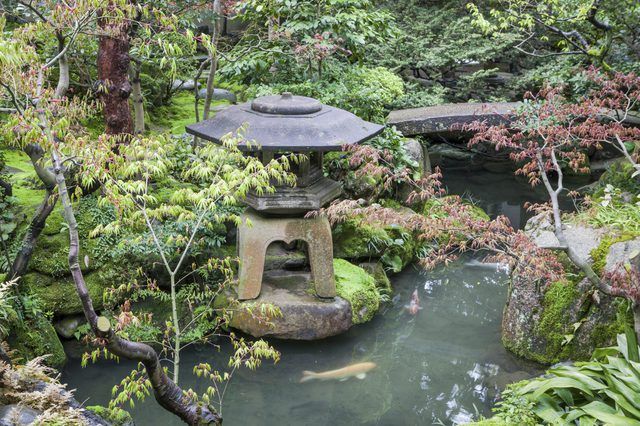Bulbs
Flower Basics
Flower Beds & Specialty Gardens
Flower Garden
Garden Furniture
Garden Gnomes
Garden Seeds
Garden Sheds
Garden Statues
Garden Tools & Supplies
Gardening Basics
Green & Organic
Groundcovers & Vines
Growing Annuals
Growing Basil
Growing Beans
Growing Berries
Growing Blueberries
Growing Cactus
Growing Corn
Growing Cotton
Growing Edibles
Growing Flowers
Growing Garlic
Growing Grapes
Growing Grass
Growing Herbs
Growing Jasmine
Growing Mint
Growing Mushrooms
Orchids
Growing Peanuts
Growing Perennials
Growing Plants
Growing Rosemary
Growing Roses
Growing Strawberries
Growing Sunflowers
Growing Thyme
Growing Tomatoes
Growing Tulips
Growing Vegetables
Herb Basics
Herb Garden
Indoor Growing
Landscaping Basics
Landscaping Patios
Landscaping Plants
Landscaping Shrubs
Landscaping Trees
Landscaping Walks & Pathways
Lawn Basics
Lawn Maintenance
Lawn Mowers
Lawn Ornaments
Lawn Planting
Lawn Tools
Outdoor Growing
Overall Landscape Planning
Pests, Weeds & Problems
Plant Basics
Rock Garden
Rose Garden
Shrubs
Soil
Specialty Gardens
Trees
Vegetable Garden
Yard Maintenance
How to Create a Japanese Garden
How to Create a Japanese Garden . Japanese gardens embody peace, contemplation and beauty, offering a respite from the busy world outside. Although there is diversity in Japanese garden design, three fundamental elements are always present: stone, water and plants. With these guidelines in mind, you can create a Japanese garden as simple or...

Japanese gardens embody peace, contemplation and beauty, offering a respite from the busy world outside. Although there is diversity in Japanese garden design, three fundamental elements are always present: stone, water and plants. With these guidelines in mind, you can create a Japanese garden as simple or elaborate as your imagination and backyard space allow.
The Element of Stone
The stone elements in Japanese gardens play functional as well as figurative roles, and they may include other rocky materials, such as gravel and sand. Create walkways between garden sections by laying pavers that serve as stepping stones. The functional walkway they create also represents the metaphoric path of life. Place a single stone as a focal point along the walkway to represent a traveler along life’s path. Rake a pattern into gravel or sandy areas, and change the design often. Use a single stone, or a grouping of several stones, as a sculptural accent at a strategic focal point.
The Element of Water
Water is an essential element in a Japanese garden, whether it's real or conceptualized. Install a pond that houses koi, which are Japanese carp, for a traditional water garden. To represent water, you can create a dry stream bed out of pebbles that winds its way through a garden section. Whether you use water or a facsimile, the sense and feeling of water must be present to fulfill this fundamental of Japanese gardening -- that water is the source of all life.
The Element of Plants
Plants in Japanese gardens typically are shades of green with only splashes of intermittent color. Plant evergreens, which are the backbone of Japanese gardens, such as dwarf Hinoki cypress (Chamaecyparis obtusa "Nana Gracilis"), which is a perennial in U.S. Department of Agriculture plant hardiness zones 4 through 8, and golden Japanese yew (Taxus cuspidata "Bright Gold"), a perennial in USDA zones 4 through 7. Include a Japanese maple (Acer palmatum), which is a deciduous tree that grows in USDA zones 5 through 9 and a mainstay in Japanese gardens. Cultivars such as "Shaina" and "Inaba-Shidare" add splashes of color through their brilliant foliage. To paint your Japanese garden awash with colorful flowers in spring, plant azaleas (Rhododendron indicum), which are evergreen shrubs native to Japan and perennials in USDA zones 7 through 8.
Integrating the Elements
Design your Japanese garden so each viewing point creates a beautiful panorama. The beauty may be from within your garden, or outside its boundaries, in a Japanese design concept, called shakkei, which means borrowed scenery. The shakkei principle uses landscape features that are outside your Japanese garden as a scenic backdrop to enhance the elements within your garden. Create your Japanese garden with winter in mind so it comes alive with a new look -- even snow accumulation on bare tree branches represents flowers.